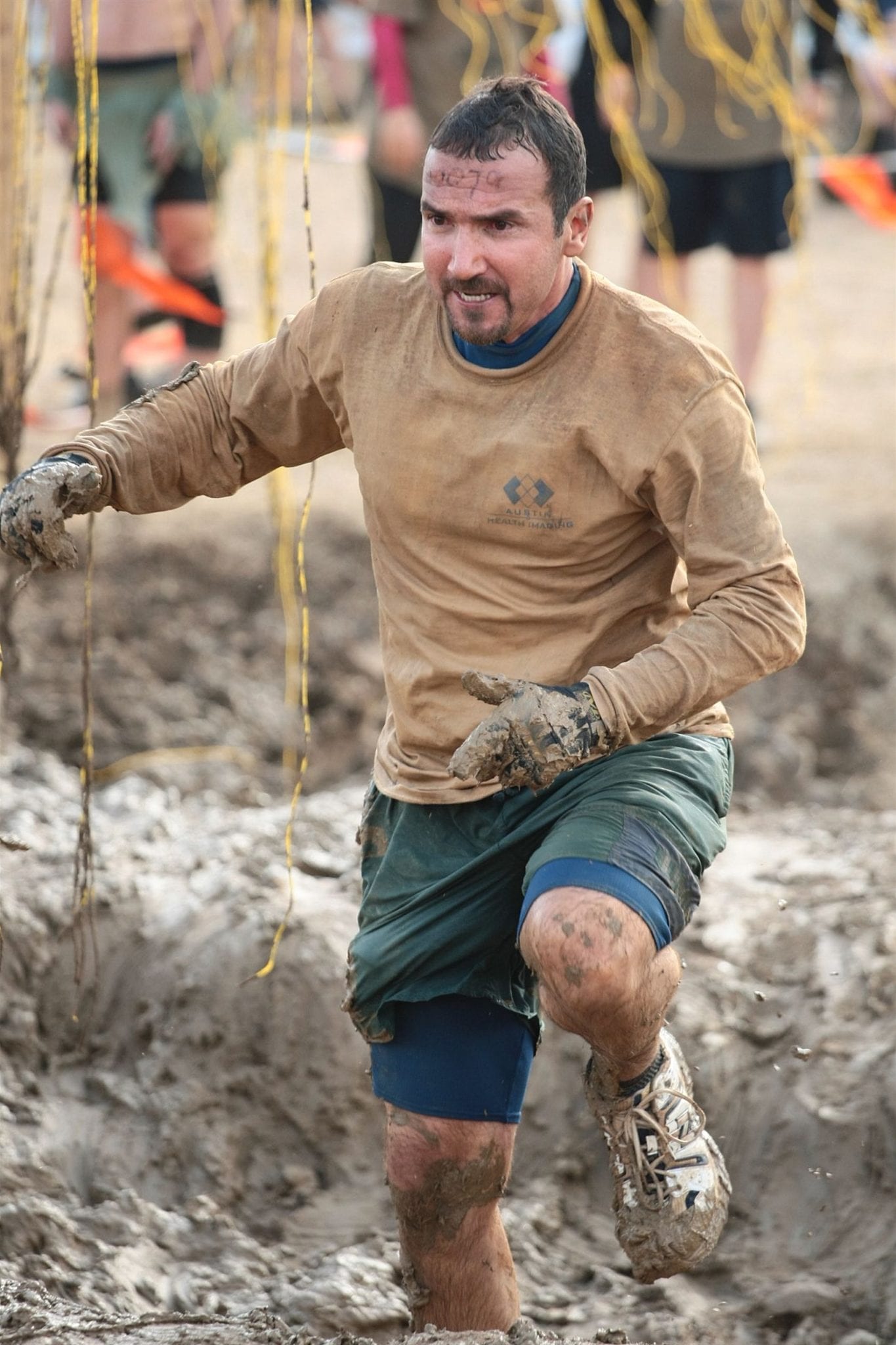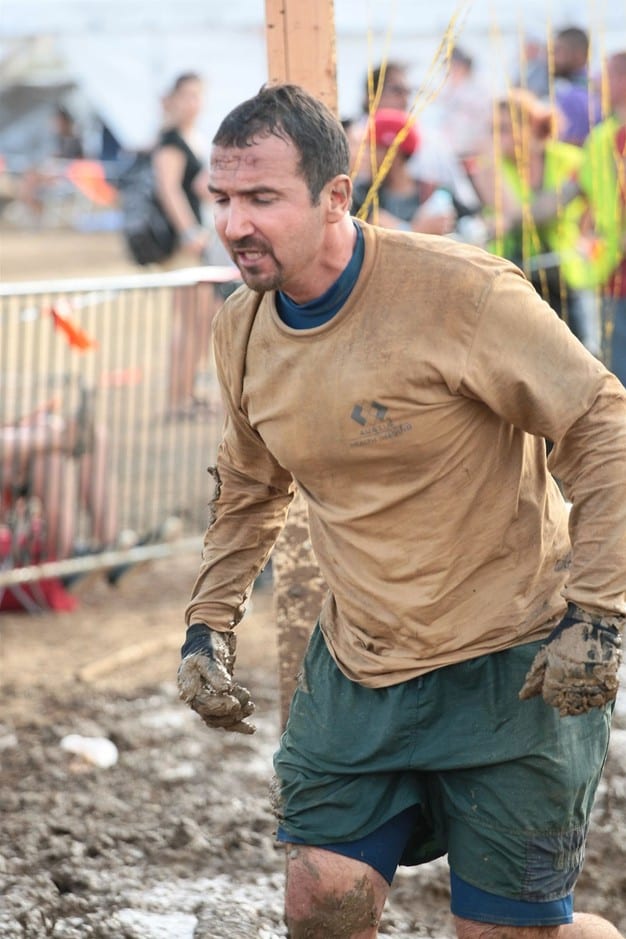Many of our aging patients want to keep “plugging away” physically and ask for tips on what to do to stay in the game. Although there are genetic factors involved, a healthy way to age always involves proper nutrition and exercise. The literature strongly suggests that the greatest threat to the health of the aging is not the aging process itself but rather inactivity. It has been said that there is less risk in activity than in continuous inactivity! When there is inactivity and disuse, a large number of adverse changes take place and this may lead to a significant decline in function.
It has been estimated that 50% of the decline in health from aging is related to inactivity. Therefore, regular exercise may be able to retard the physiologic decline associated with old age. But what kind of exercise is best? It has been my experience that functional-based training is essential to maintain and even improve function in daily activities and in our chosen sports activities. Exercises that we need to maintain good postural alignment, go up and down stairs, get in and out of chairs and vehicles and as needed to maintain a high functional level are key.
Endurance training can help maintain and improve various aspects of cardiovascular function, as well as enhance submaximal performance. Importantly, reductions in risk factors associated with disease states (heart disease, diabetes, etc.) improve health status and contribute to an increase in life expectancy.
Strength training helps offset the loss in muscle mass and strength typically associated with normal aging. Additional benefits from regular exercise include improved bone health and, thus, reduction in risk for osteoporosis; improved postural stability, thereby reducing the risk of falling and associated injuries and fractures; and increased flexibility and range of motion.
There is training out there that can combine these to some extent. Although not the best as far as weight bearing exercise is concerned, swimming is easy on the joints and does offer great resistance-based training combined with endurance. It teaches one to “breathe with movement” and I love the psychological benefits of just unplugging, breathing and moving through water. It is truly “moving meditation”.
Other programs such as Lagree, Pilates, Yoga and Tai Chi also offer great benefits. All of these are weight bearing and low impact and focus on flexibility, balance, breathing and coordinated movement.
There is also some evidence that suggests that involvement in regular exercise can also provide a number of psychological benefits related to preserved cognitive function, alleviation of depression symptoms and behavior, and an improved concept of personal control and self-efficacy.
Although participation in physical activity may not necessarily show increases in the traditional markers of physiological performance and fitness (i.e. VO2max, mitochondrial oxidative capacity, body composition) in older adults, it does improve health (reduction in disease risk factors) and functional abilities. Thus, the benefits associated with regular exercise and physical activity contribute to a more healthy, independent lifestyle, greatly improving the functional capacity and quality of life in this population and that, is of primary importance.
In summary, exercise for older adults has been likened to a “fountain of youth” from which we can all rejuvenate ourselves. Not too many years ago the words grandma and grandpa conjured images of rocking chairs and inactivity. It is simply not the case anymore.
Yours in health,
Eduardo R. Elizondo, MD
Fellow, American College of Sports Medicine
Board Certified, Physical Medicine and Rehabilitation






